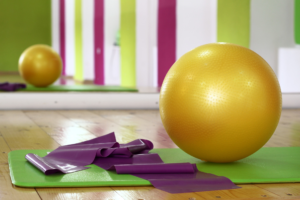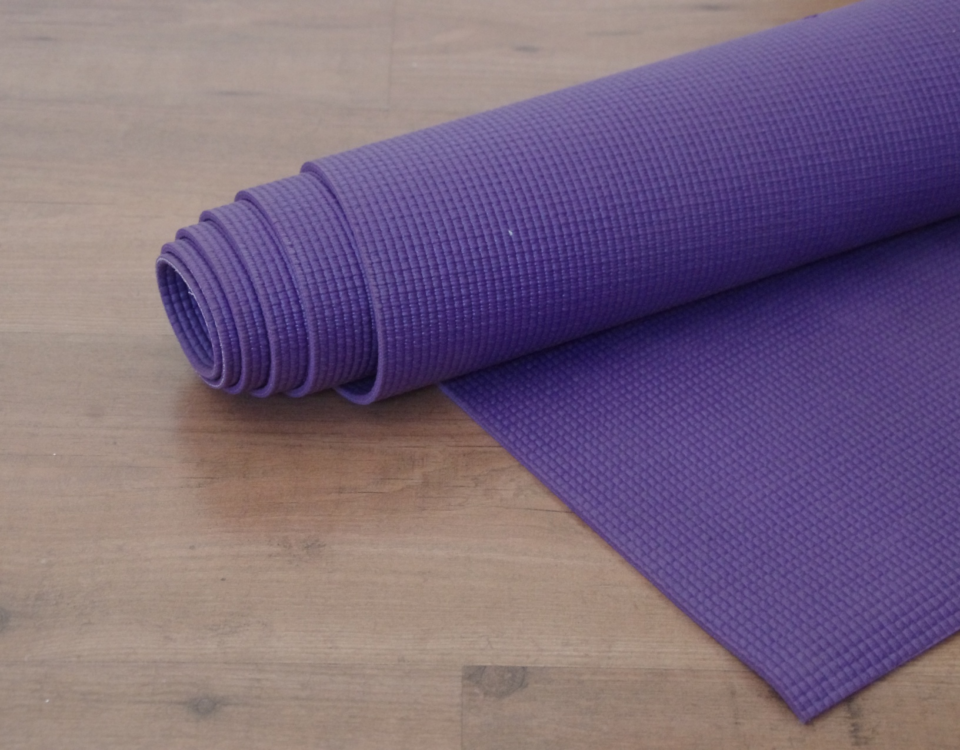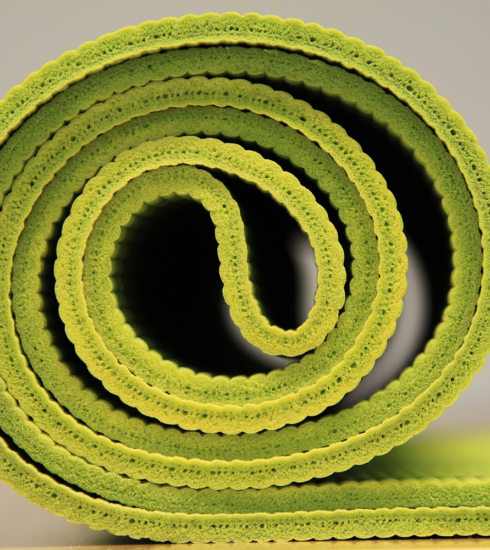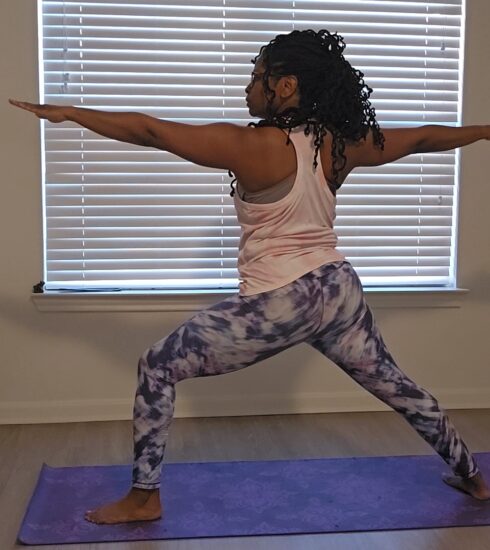Sweat It Out: The Benefits of Hot Yoga
Hot yoga is a great practice that has helped many people achieve optimal fitness. The poses and breathing exercises are performed in a room heated to 80-105 degrees Fahrenheit while the humidity is maintained at 40%. This creates the perfect setting for an invigorating, unique experience. But…
Hot yoga has so many benefits, it may be worth the work.
BENEFITS OF HOT YOGA
Traditional yoga has many perks, including increased flexibility, reduced stress and better balance. Hot yoga amplifies those benefits and includes even more. They include:
- Rids the body of toxins & nourishes the skin
- Burns more calories
- Builds bone density
- Improves mood
- Strengthens the heart and lungs
- Boosts immunity
HOW TO PREPARE FOR HOT YOGA
After getting the go-ahead from your physician, it’s important to prepare the mind and body to perform hot yoga.
- 24 hours prior to your session, hydrate properly. This is the most vital part of having an injury-free class. Water and fluids with electrolytes should be consumed before, during and after the session. It may also be helpful to bring a near-frozen bottle of water to class to beat the heat.
- Don’t perform hot yoga on a full stomach. If you eat before yoga, be sure to allow a two-hour window between the meal and the class.
- Wear breathable or sweat-resistant fabric to combat the heat.
- If you feel dizzy, stop immediately and hydrate with water and electrolyte-rich fluids.
WHO SHOULDN’T PERFORM HOT YOGA
- If you suffer from heart disease, diabetes, arterial abnormalities, anorexia nervosa, or have a history of fainting or heat intolerance, then do not perform hot yoga.
- Although traditional yoga is great from pregnant women, they should not perform hot yoga.
- Stop right away if you feel dizzy, lightheaded, or nauseous. Leave the room and rest in a cooler environment.
Always check with your doctor to make sure hot yoga is safe for you.










